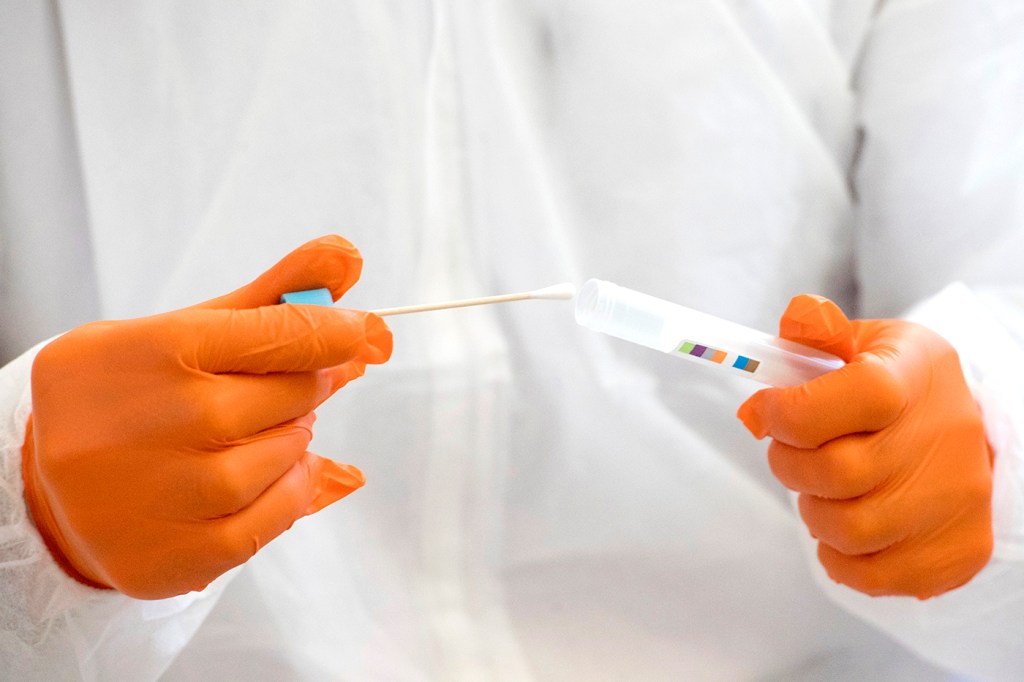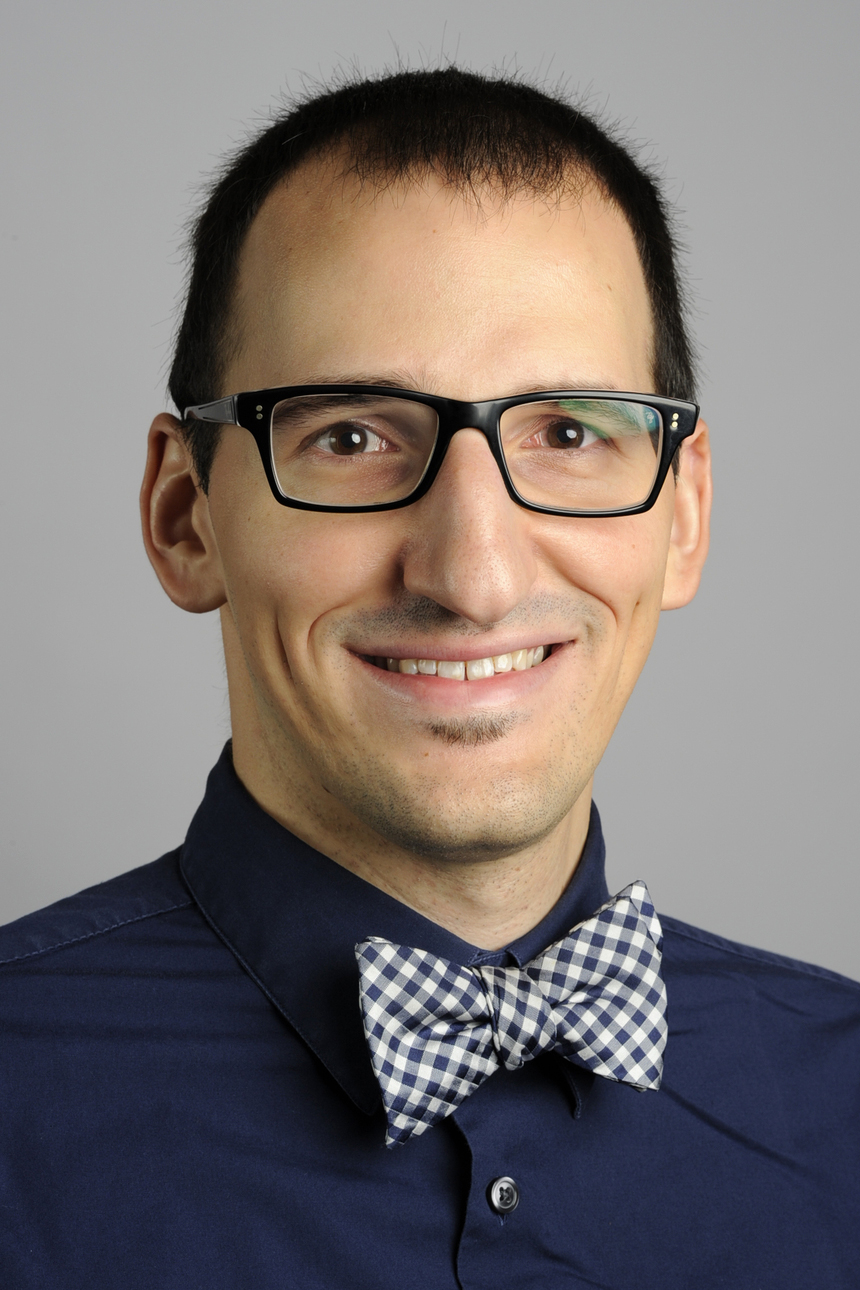To fight the COVID-19 outbreak, first we have to track it

If we want to slow the spread of COVID-19, we need to stay apart from each other. But we also need to know where the disease is. Health professionals around the world have stressed the importance of fast, accurate, and abundant testing in the fight against the virus.

Photo by Matthew Modoono/Northeastern University
“The reason we’re so focused on testing for this is so that we can identify patients that have [COVID-19] and who they could have spread it to,” says Brandon Dionne, an assistant clinical professor in Northeastern’s department of pharmacy and health systems sciences. “We can try to isolate cases and try to contain it before it can spread through the community.”
Testing efforts in the United States were slow to get off the ground, and were further delayed by defective test kits and an early requirement that all testing go through the Centers for Disease Control and Prevention. While tests have improved and many more labs are able to run them, hospitals have still faced shortages of necessary supplies to take and process samples.
“Everyone ramped up their testing around the same time,” Dionne says. “Many places have enough testing capacity. It’s often an issue of having enough supplies to actually do it, and then identifying the correct patients and prioritizing them.”
For more established diseases, testing is typically used to help a doctor know how to best treat their patient. But for COVID-19, which currently has no treatment, testing is a way to identify others who may have become exposed.
In laboratory conditions, the virus has been shown to survive up to two to three days on hard surfaces, Dionne says. And people can be contagious before they begin showing symptoms. By identifying sick individuals, the places they’ve been, and the people they’ve come in contact with as early as possible, public health officials can isolate others who may have been exposed and cut off cascades of infections before they start.
“South Korea and Germany were really effective at doing mass testing and contact tracing,” Dionne says. “And that’s really important for public health, especially with a very severe virus like this that can spread asymptomatically, before we even know people have the virus.”
As of Friday, the U.S. federal government will cease funding for testing sites, handing management over to the individual states. Those states that have been able to test both early and often, and continue to do so, may find themselves in a better position to control the outbreak in their region.
Of course, the tests are not perfect, Dionne says. Some can give a false negative—indicating to someone who has the virus that they are in the clear—as often as 30 percent of the time. And if a person has recovered from COVID-19, researchers don’t yet know how long they might be immune to the disease.
It’s important that people continue to follow the recommended public health strategies, even if they think they don’t have COVID-19, or can’t catch it again, Dionne says.
“We don’t know how long your immunity is going to last, and if you test positive or negative, you should still be taking precautions,” Dionne says. “Regardless of your COVID status, the best thing that you can do is still continue to social distance, wash your hands and work together to try to flatten the curve.”
For media inquiries, please contact media@northeastern.edu.





